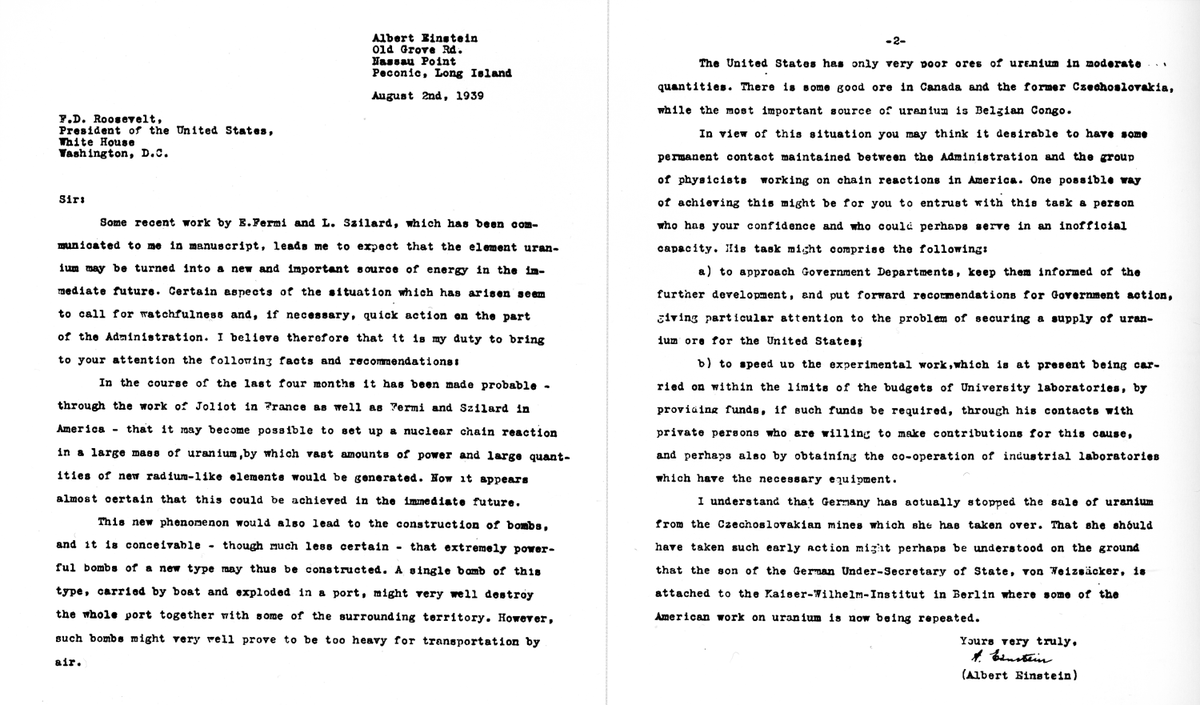
In 1765, Britain implemented a tax on cider production to help fund its debts.
The tax led to riots, the catchy quote “give me liberty, or give me death”, and ultimately, the American Revolution…
It’s time for a thread on the Stamp Act👇👇👇
The tax led to riots, the catchy quote “give me liberty, or give me death”, and ultimately, the American Revolution…
It’s time for a thread on the Stamp Act👇👇👇
1) During the Seven Years’ War (1756-1763), Britain defeated France for control of North America. But the victory left Britain deeply indebted.
When a domestic tax on cider production led to riots, Britain looked for its North American colonies’ help in replenishing its coffers.
When a domestic tax on cider production led to riots, Britain looked for its North American colonies’ help in replenishing its coffers.

2) Indirect taxes were already levied on the colonies through duties on imports and exports.
Britain now levied its first direct tax on North American colonists with the Stamp Act, which passed Parliament in Spring 1765.
Britain now levied its first direct tax on North American colonists with the Stamp Act, which passed Parliament in Spring 1765.
3) The Stamp Act imposed duties on everything printed or written on a piece of paper (commercial contracts, newspapers, wills, marriage licenses, diplomas, pamphlets, even playing cards) by requiring American colonists to purchase special stamped paper produced in England. 

4) The British government felt the tax was justified.
A similar stamp tax had existed in Britain for over sixty years and taxes on American colonists were lower than taxes on mainland British citizens.
The American colonists felt otherwise…
A similar stamp tax had existed in Britain for over sixty years and taxes on American colonists were lower than taxes on mainland British citizens.
The American colonists felt otherwise…
5) North American colonies argued that the British Constitution protected subjects from taxation without consent.
The colonists were not represented in British Parliament.
So, the colonists felt that only the colonial legislatures could implement direct taxes.
The colonists were not represented in British Parliament.
So, the colonists felt that only the colonial legislatures could implement direct taxes.
6) As the implementation date of November 1 drew closer, colonial defiance grew.
Patrick Henry (pictured), a representative of Virginia, wrote a series of resolutions which denied Parliament’s right to tax the colonies.
He called for resistance amongst colonists…
Patrick Henry (pictured), a representative of Virginia, wrote a series of resolutions which denied Parliament’s right to tax the colonies.
He called for resistance amongst colonists…

7) Thus, British imports were boycotted.
Ships carrying stamp papers from England were turned away at seaports without unloading their cargo.
Mobs sought out the stamp distributors, tarred and feathered them, and looted their homes.
Ships carrying stamp papers from England were turned away at seaports without unloading their cargo.
Mobs sought out the stamp distributors, tarred and feathered them, and looted their homes.
8) In October, representatives from nine colonies gathered in a convention called the Stamp Act Congress.
They drafted a “Declaration of Rights and Grievances”, which raised fourteen points of protest.
The declaration was submitted to the king and to Parliament…
They drafted a “Declaration of Rights and Grievances”, which raised fourteen points of protest.
The declaration was submitted to the king and to Parliament…
9) Once again, the colonists requested the repeal of the Stamp Act (while affirming their loyalty to the king).
Once again, the colonists were denied.
Once again, the colonists were denied.
10) However, merchants and manufacturers who exported to North American colonies were hit hard by the colonists’ boycott.
While the British Parliament could ignore overseas protests, they could not neglect domestic pressure.
While the British Parliament could ignore overseas protests, they could not neglect domestic pressure.
11) Parliament bowed to pressure from these businessmen in February 1766, and the Stamp Act was repealed.
This unified colonial resistance against Britain would prove to be the first step towards the Revolutionary War and ultimately, American independence.
This unified colonial resistance against Britain would prove to be the first step towards the Revolutionary War and ultimately, American independence.

12) If you learned something, you should check out BrainFeed, the internet’s most interesting email that explains everything you should know in 4-minute bites.
Subscribe for free: brainfeed.co
Subscribe for free: brainfeed.co
• • •
Missing some Tweet in this thread? You can try to
force a refresh






